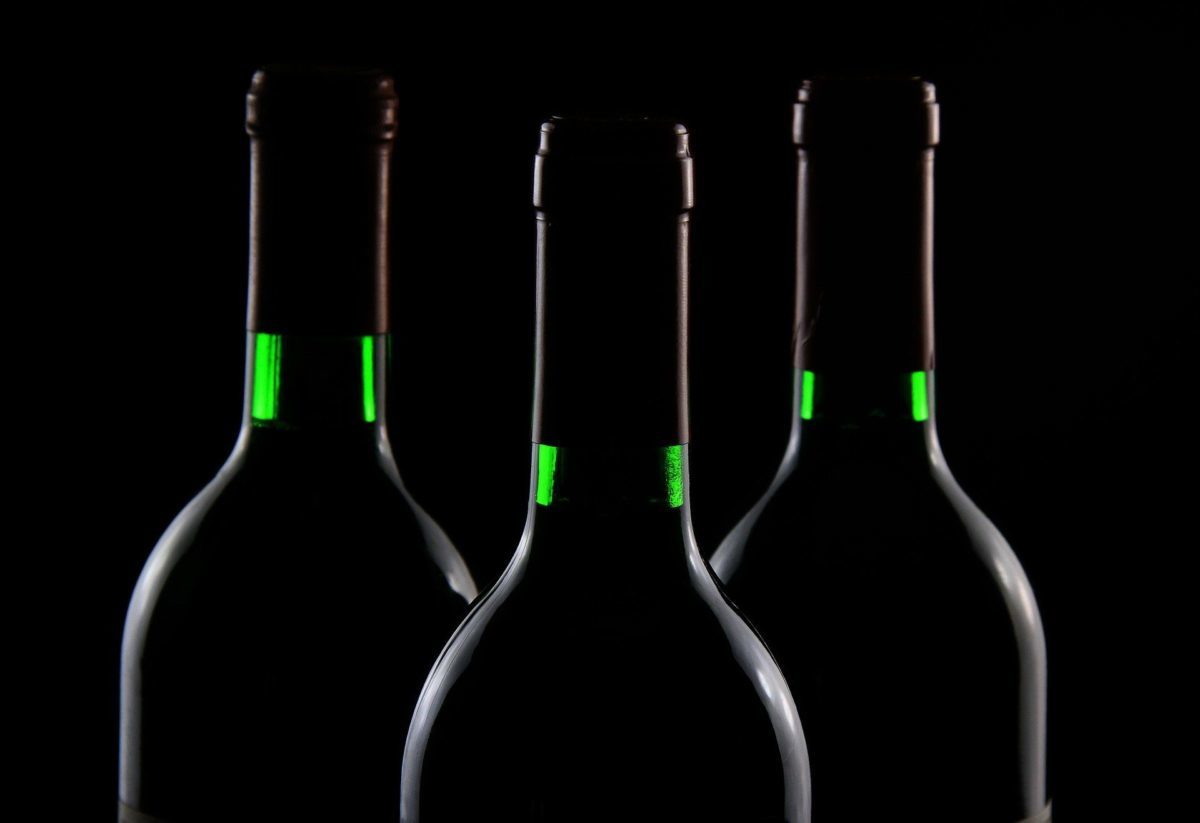
THE WINES OF CASTILLA Y LEÓN (I)
Castilla y Leon It is a very extensive autonomous community, with 10 appellations of origin and four more areas with recognized quality wines. All of them rich in viticulture and enology.
In this article we will review four DO important in the area to get closer to their territory. In order to understand what these four zones are like.
DO Ribera del Duero
Created in 1982, it is located following the course of Douro river from Soria but also Valladolid. It currently occupies 21.841 hectares of vineyards.
Its varieties in white are Albillo but the most important are inks, preferably Tinta del País (93%). Its authorized varieties Merlot, Cabernet sauvignon, Garnacha and Malbec.
Its climate is continental with dry summers and long, harsh winters with marked temperature fluctuations. Throughout the seasons its precipitation is moderate or low (400 - 600 mm of rain per year). The relief oscillates between interfluvial hills with heights of 911 m. and valleys of 750 - 850 m.
In the DO Ribera del Duero the cold is intense and delays the budding of the vine. The sudden changes between summer day and night cause a perfect balance of the fruit during its ripening. Its rosé wines are made with a minimum of 50% authorized grape varieties and the rest of Garnacha and Albillo.
Its red wines have a minimum of 75% Tinta del País alone. In case of mixing with Cabernet Sauvignon, Merlot and Malbec it should not be less than 95%. Consequently, the Garnacha, like the variety Albillo, can not be used in more than 5%.
Young and reserve reds
The young reds They do not remain in the barrel, or if they do, they are less than 12 months. They can reach the market a few months after the harvest. The aging reds they have remained a minimum 12 months in oak barrels. They are marketed after October 1 of the second year after the harvest.
The reserve reds They have 36 months of aging between barrel and bottle, serving a minimum of 12 months in barrel. They arrive on the market after December 1 of the third year after the harvest.
With regard to the grand reserve reds 60 months of aging remain between barrel and bottle. Completing at least 24 months in the barrel and going on the market after December 1 of the fifth year after the harvest.
DO TORO
This denomination of origin of Castilla y Leon was created in 1987. It is located in the southeast of Zamora and southwest of Valladolid and has an area of 5.800 hectares of vineyards. Its authorized white varieties are Malvasia, Verdejo and in ink inks of Toro and the preferred Garnacha and Cabernet Sauvignon.
Its climate is continental and extreme with Atlantic influences of an arid character with rainfall 350-400 mm / year. Its vineyards are located between 600-750 meters high. The soils are calcareous to the north and more alluvial as we get closer to the Douro.
Its wines are made mainly with Bull ink, a minimum of 75%, and then coupages (mixtures) with Garnacha and Cabernet Sauvignon. Wines are usually made with carbonic maceration (vatting of whole bunches) fragrant, fresh and aromatic wines. They begin to be marketed from November of the same harvest year.
We have young wines without barrel, aging reds with at least two years before putting them on sale (at least 6 months in oak). Reserve reds with at least three years before going on sale (at least 12 months in oak). Gran Reserva reds with a minimum of 5 years before sale (18 months in oak).
Few are made white and pink wines, whites mainly with Malmsey (also sweet wines) and with variety green. Rosés are usually made with Grenache.
DO RUEDA
This designation of origin in Castilla y Leon was founded in 1980. It is made up of 74 municipalities, 53 in Valladolid, 17 en Segovia There 4 in Ávila. It has an area of just over 11.000 hectares.
The varieties that are grown are: white, Verdejo (44%), Viura (17%), Palomino Fino (13%), Sauvignon blanc. In varieties inks, Country ink, Cabernet Sauvignon, Garnacha and Merlot.
Its climate is clearly continental and the vineyards are between 700 and 800 meters above sea level. The typical lands where the best vineyards of the DO Wheel they are called gravelly. The character of the DO Rueda It is defined by three elements: the Verdejo grape, the continental climate and the gravelly soils.
Its wines are a minimum of 85% Verdejo variety, although it is frequently mono-varietal. The color of wine from Wheel It is straw-yellow, with great aromatic potential and very elegant on the nose. It also has fruity aromas with hints of anise and fennel.
It contains body and structure on the palate, with great fruitiness, as well as a slightly bitter touch characteristic of the variety. These white wines They are dry and have a minimum graduation of 11,5º. We can distinguish between four varieties of Wheel:
Wheel
Made with a minimum of 50% Verdejo, the characteristics of Verdejo are more diluted by the presence of other varieties. They are fresh, floral and smooth wines. Its minimum graduation of 11º.
Sauvignon wheel
With a minimum 85% of sauvignon blanc variety, they have a great aromatic intensity and reminiscences of characteristic tropical fruits. Its passage through the mouth is pleasant and has a long aftertaste. Its minimum graduation is 11º.
Sparkling Wheel
It is obtained according to a traditional method of second fermentation in the bottle and a period of aging in the bottle of not less than nine months. In this elaboration a great potential for fruitiness and delicacy is developed.
Dry or semi-dry, they will be made with a minimum of 50% Verdejo grape. If they are brut or brut nature, they are made with a minimum of 85% Verdejo grapes. Its minimum graduation is 11,5º.
Golden Wheel
It is a dry liquor wine obtained by oxidative aging. It must remain in oak for at least two years before being marketed. It has a graduation higher than 15º.
Since August 5, 2008, he has been making red and rosé wines in the DO Rueda. In categories of young, crianza, reserve and great reserve with a predominance of Red the country.
DO CIGALES
The appellation of origin was founded in 1991. It is located in the heart of Castilla y Leon, north of the province of Valladolid. It is made up of 10 municipalities from Valladolid and one of Palencia.
They are cultivated white varieties Verdejo and albillo and Viura and Sauvignon blanc are authorized. In red, the preferred ones are Tinta del País, Garnacha and the authorized Cabernet Sauvignon and Merlot.
Its climate is continental with irregular rainfall and severe summer drought. Its winters are harsh and prolonged with frosts and fogs.
The vineyards of Cigales They are located at an average height of 760 meters and their soils are clayey. They contain a large amount of rocks and little organic matter. Its wines are a mixture of white and red varieties with a minimum of 50% of the preferred ones.
This is how all the wines from these four wineries are Castilla y León You can meet others in the Castilla y León wines (II)






